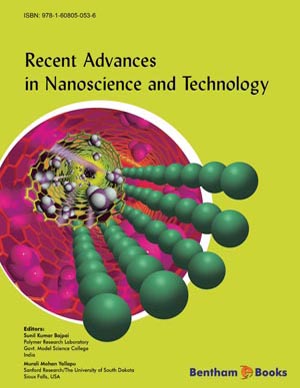Abstract
The electron paramagnetic resonance (EPR) spectroscopy is a powerful and sensitive method to detect intrinsic and extrinsic paramagnetic point defects in a material system. EPR has recently been proven an effective tool for studying the lattice defect of nanostructured carbon materials. In particular, EPR can be used to elucidate the spin properties, including unpaired spins, conduction electrons, and dangling bonds as well as the electronic states of different carbon nanostructures. EPR studies on point-defects of carbon materials such as graphene and carbon nanotubes help to unearth several electronic and optical features of the materials. Though the magnetic feature of graphene has been studied intensively, EPR research on graphene and graphene-like structures is still a new field. This chapter focuses on discussing EPR investigations on graphene oxide, functional reduced graphene oxide, and carbon nanotubes. In that, EPR has demonstrated as a suitable tool to detect spin density changes in different functionalized nanocarbon materials. A novel approach to studying the charge transfer within quantum dots-graphene hybrids, using continuous wave EPR, will be discussed. It also enables the study of the change in the electronic properties of graphene before and after attaching of quantum dots. This contributes to improved understanding of electronic coupling effects in nanocarbon-nanoparticle hybrid materials which are promising for various electronic and optoelectronic applications.
Keywords: Carbon-centered radicals, Carbon nanotubes (CNTs), Charge transfer, Curie’s law, Defects, Defect concentration, Electron spin delocalization, EPR spectroscopy, Functionalized grapheme, Graphene oxide (GO), Number of spins, Oxidized CNT, Pauli-type paramagnetism, Photoluminescence, Quantum dots (QDs), Reduced graphene oxide (rGO), Temperature dependence, Thiol-functionalized rGO (TrGO), ZnO NP decorated rGO hybrid material (rGO-ZnO), ZnO NP decorated TrGO (TrGO-ZnO).



















